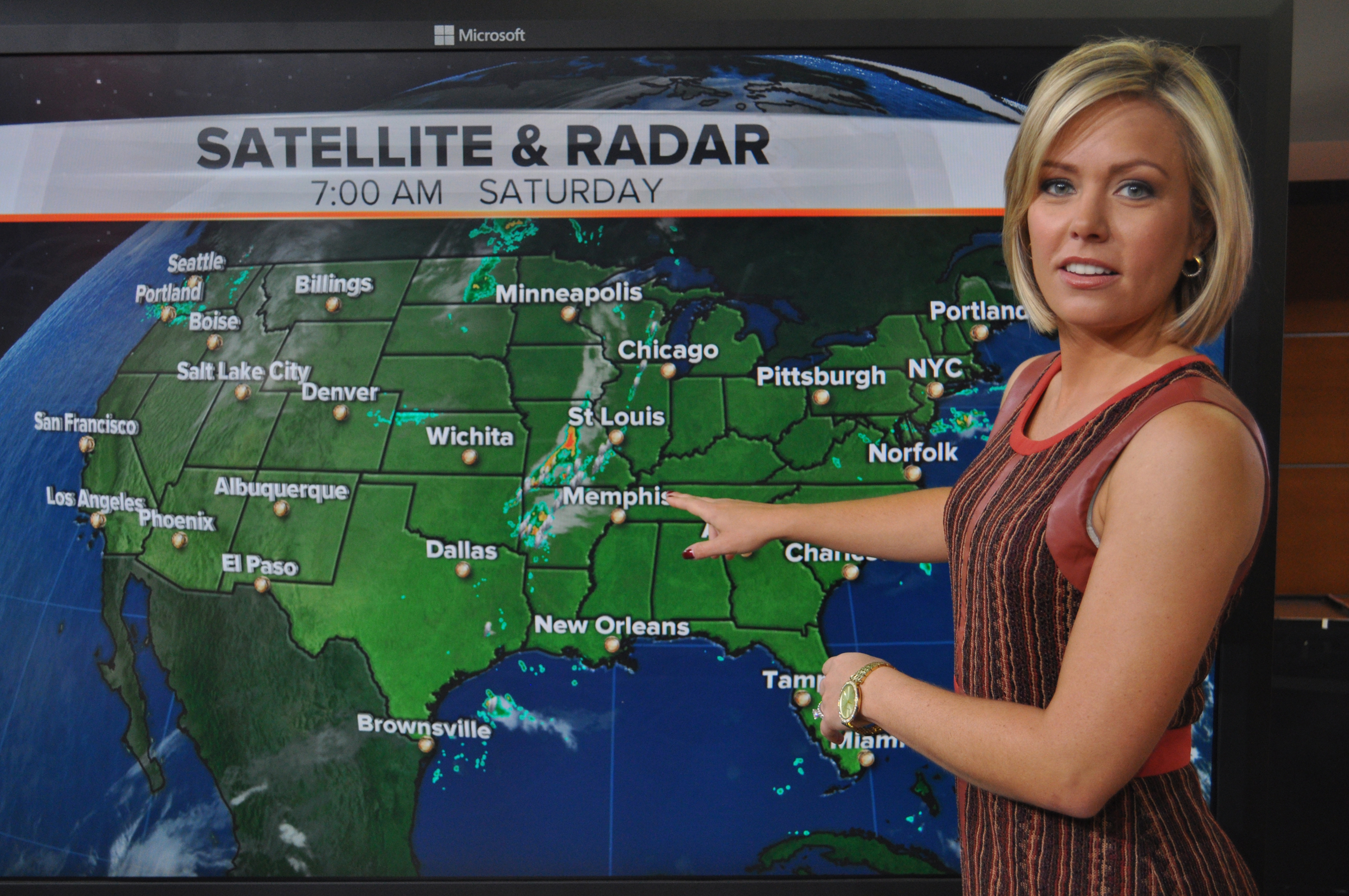
The result is a large swath of precipitation that can extend for hundreds of miles in a west-to-east fashion.ĭepending on the intensity and longevity of the freezing rain that develops, impacts can range from nuisance to crippling in any given location.Īn example of a rare, crippling ice storm happened in late October 2020 in parts of Oklahoma, southern Kansas and far northwest Texas. The jet stream sends disturbances over the top of this battleground between cold and mild air, adding additional lift to the atmosphere. This cold air source is then overrun by mild, moist air ushered in on southerly winds from the Gulf of Mexico. Typically this setup features arctic air that is fed by a northerly wind near the earth's surface. Some of the most expansive ice storms east of the Rockies develop in a weather pattern easily recognized by meteorologists. The Arctic Expressįorecasters look to Alaska, Canada's Arctic region and even Siberia for signs of bitterly cold air masses building during the heart of winter.Įxample of a setup for a potential ice storm. This period produced four nor'easters that brought heavy snow, blizzard conditions and coastal flooding to portions of the mid-Atlantic and Northeast.Īll of this said, the Northeast can still see significant snowstorms even without a negative NAO. The blocking in the NAO negative phase allows intensifying low-pressure systems to crawl up near or just off the Eastern Seaboard rather than scooting harmlessly out to sea.Ī recent example of this occurred in March 2018 when the NAO slipped into a negative phase for about three weeks. (SPONSORED: Warm up with Great Deals on Your Favorite Keurig Flavors ) In the case of a negative NAO, the block often takes the form of a strong bubble of high pressure near Greenland.ĭepending on the orientation of the jet stream dip, and the potency and evolution of disturbances traversing it, one or more major snowstorms can spin up and impact some part of the East Coast or Atlantic Canada.

This is due to what meteorologists call atmospheric blocking.

The jet stream dips southward over the eastern United States during a negative phase of the NAO in the colder months of the year, where it may lock in for a long period of time.

This leads to persistent cold temperatures and the potential for East Coast snowstorms. The area of blocking high pressure near Greenland locks in a southward dip in the jet stream across the eastern states when the NAO is in its negative phase.


 0 kommentar(er)
0 kommentar(er)
